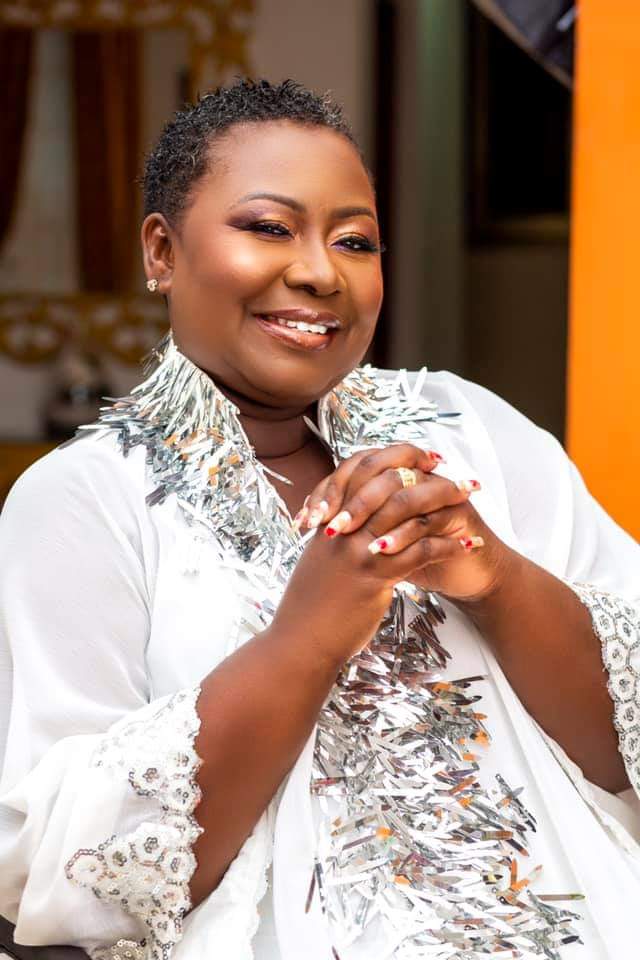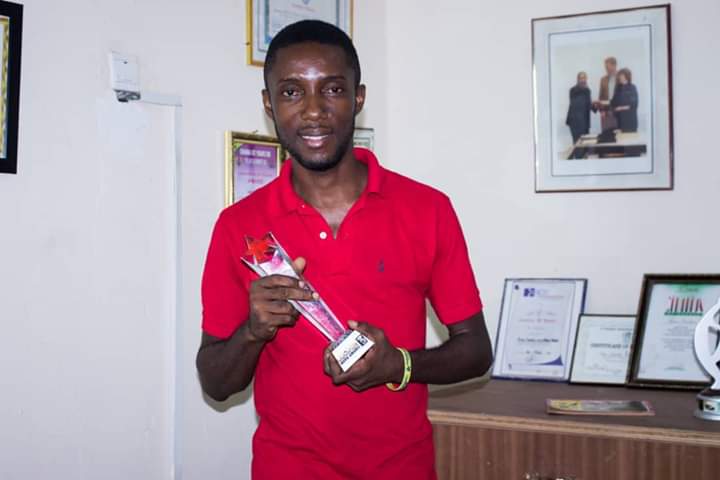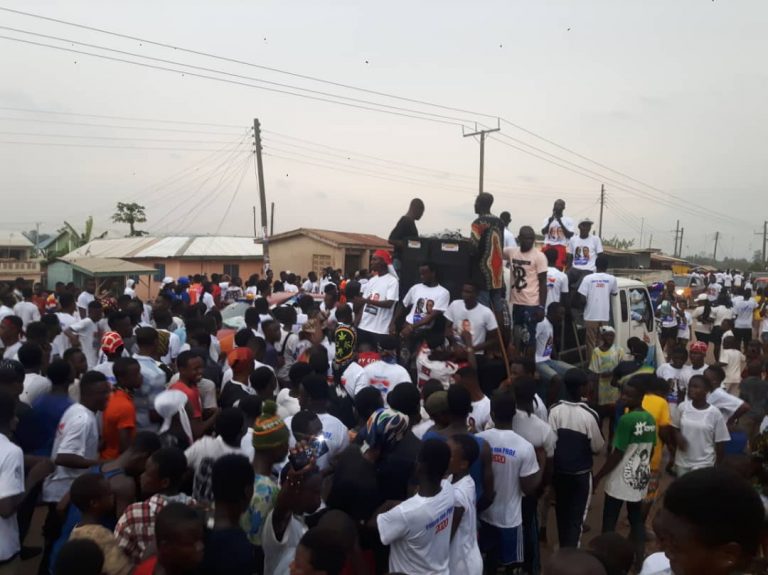Professor Kwesi Yankah the Minister of State, Tertiary Education has penned down a beautiful and befitting message to Celebrate his friend and icon Agya Koo Nimo the legendary African highlife musician on his 90th birthday;
A TIMELESS CELEBRATION OF AGYA KOO NIMO.
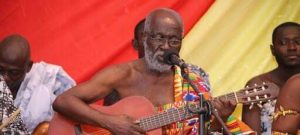
This post is three months late.(His birthday was on the 3rd of October)
I woke up this morning to rumors at the writer’s forum that Agya Nimo has turned 90? I picked my phone and called, wishing I could sing him a happy birthday. Fortunately, he couldn’t respond at the other end. Clearing my rusty throat, I realized I had a good excuse not to spoil a great birthday party with cacophony! And you know, a discordant chorus on the birthday of a musical legend could be a sacrilege.
If I missed any possible birthday parties, possibly due to an evil pandemic, I could safely share excerpts from a Foreword I wrote on Agya Koo, in a brilliant biography, Six Strings and a Note, Legendary Agya Koo, elegantly written by E. Obeng Amoako Edmunds, who lives in Texas and Accra. Here I go….
“Few know his real name, Daniel Amponsah. I chanced upon it when I began engaging him in closer encounters.
My first serious encounter with his musical recordings was during my days as a Legon University student, and then in my days as a doctoral student in the 1980s, when I was exploring the content and lyrics of Ghanaian highlife music. Agya Koo stood like a colossus in the world of Ghanaian music. His uniqueness was in the folk foundations of his lyrics that were floated on an ensemble of indigenous Ghanaian instruments, further flavored by a rich embroidery of acoustic guitar. The outcome was enough to sweep you into a universe of palm wine music. His nimble fingers produced a wailing sound that would momentarily yield to a baritone voice that sang away lyrics of wide ranging themes.
My attraction to Koo Nimo was thus partly instinctive. He was the epitome of indigenous learning and philosophy allied with a rare capacity to lucidly convey his thoughts in diverse forums, traditional settings, and contemporary academic settings. Agya Koo had thus struck a chord which made it compelling to immerse him in the Legon intellectual discourse. In a class I taught in ethnography of communication in the Linguistics Department at the University of Ghana in the 1990s, Agya Koo was a constant feature year after year. If it was not an analysis of archaic expressions in contemporary diction, it was the exploration of links between tales he wove in song and the richness of vocabulary deployed. For students of indigenous African literature, this was a virtual goldmine. But imagine my students’ excitement, when out of the blue the legendary poet and folk musician himself appeared in class one day, with his six strings and vintage grey beard”
Agya Koo’s dialog with the students was rich, and moved from his personal history, and influences on his life and music, interspersed with live song and guitar ministrations in class. That such a legend who waxes philosophical in indigenous word and thought, was also fluent in academic English mesmerized the students. Little did students know of his academic past at Adisadel College, and his other profession as a lab technician and scientist at Kwame Nkrumah University of Science and Technology. Indeed, formidable and potentially dangerous was any scholar who combined depth in indigenous learning with immersion in western education. That powerful blend would naturally confer global citizenship.
“But Agya Koo’s intimacy with his guitar cannot be mistaken as a metaphor. He confesses visualizing the acoustic guitar as an ideal female body that deserves gentle handling and cuddling. Never a coarse stroke, or rough handling from Koo Nimo’s fingers. Nothing that could hurt his intimate love. The gentle lady could writhe in pain, or wince and recoil in tender protest, and that could ruin a concert.
Agya Koo’s concerts are well measured. He would take his audience along in guitar, song and dance, ably aided by his Adadamu Group of artists, and treat all to a feast of Akan folk songs and philosophy. His dancers would gracefully toss, turn and gyrate to indigenous rhythms while Koo sang tale after tale, waxing philosophical in song and narration. Yet Koo is often sensitive to esthetic distance within his universe, and would curtail a performance even while an audience was just about warming up. His dramatic ending to a song performance while it peaks on stage, partly defines the artistic persona of Koo Nimo; but it partly also explains the constant yearning for an encore whenever he is on stage. Never a dull moment, never a dull concert with Koo Nimo.”
The book, Six Strings and a Note, Legendary Agya Koo Nimo, comes as a rare treasure in which the life of the legend is painstakingly recounted in ways that fully explicate the complex layers of thought, intellectual motifs, and bundles of cross cultural props responsible for that classic institution called Agya Koo Nimo.
In a culture like ours where biographies of great men are painfully rare, and we rather savor piecemeal narrations of personal lives splashed in casual face to face encounters, we risk falling prey to lapses of memory, and occasional memory collapse, or even dropping the baton, as we relay sacred facts from generation unto generation.”
Happy 90th Agya Koo Nimo. We are happy you are still alive to continue the breastfeeding.
Prof. Kwesi Yankah

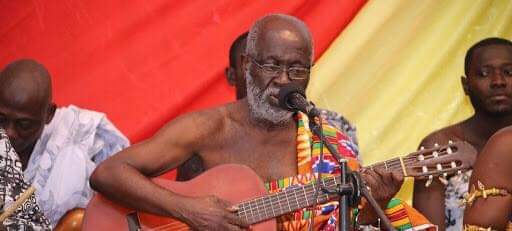



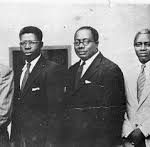
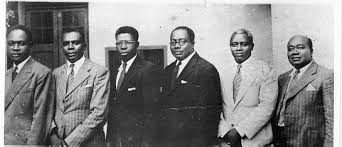
![[Spoken Word]: Osman Abraham Lincoln – Ghana (Abibiman) Amammere](https://africapush.com/wp-content/uploads/2020/03/Abibiman-768x768.png)
